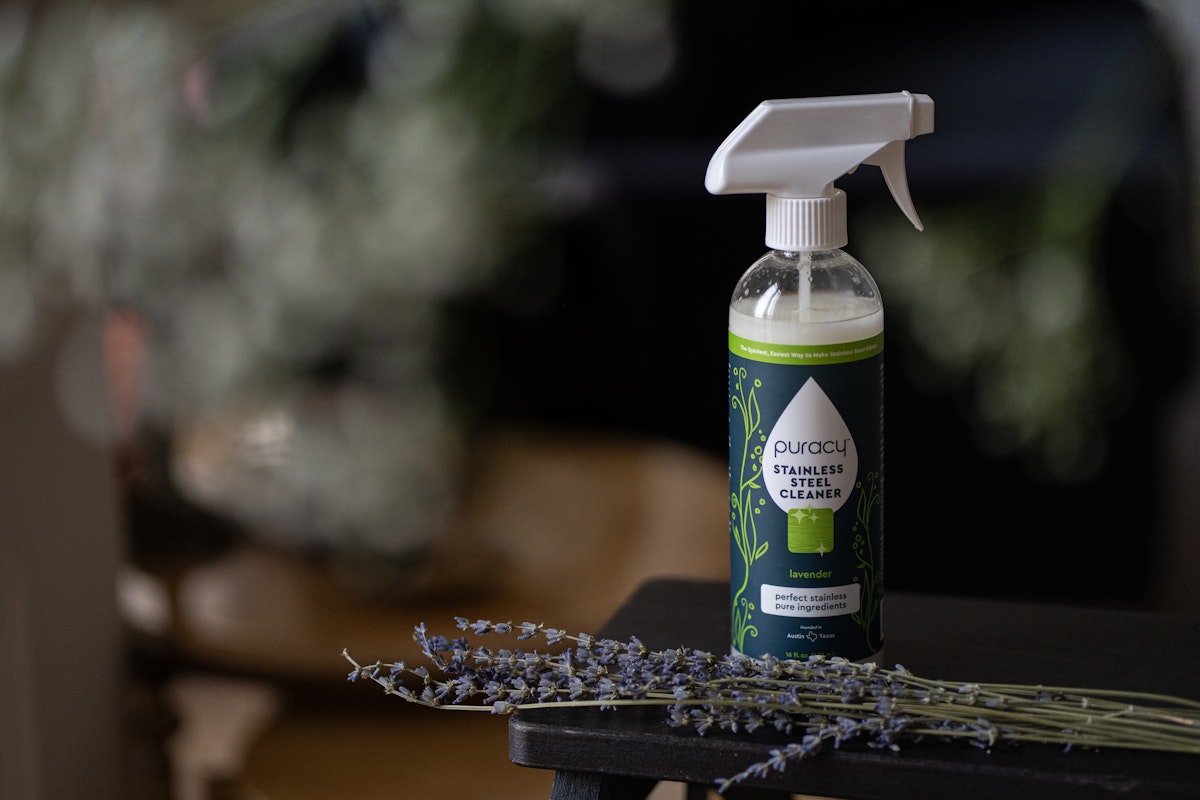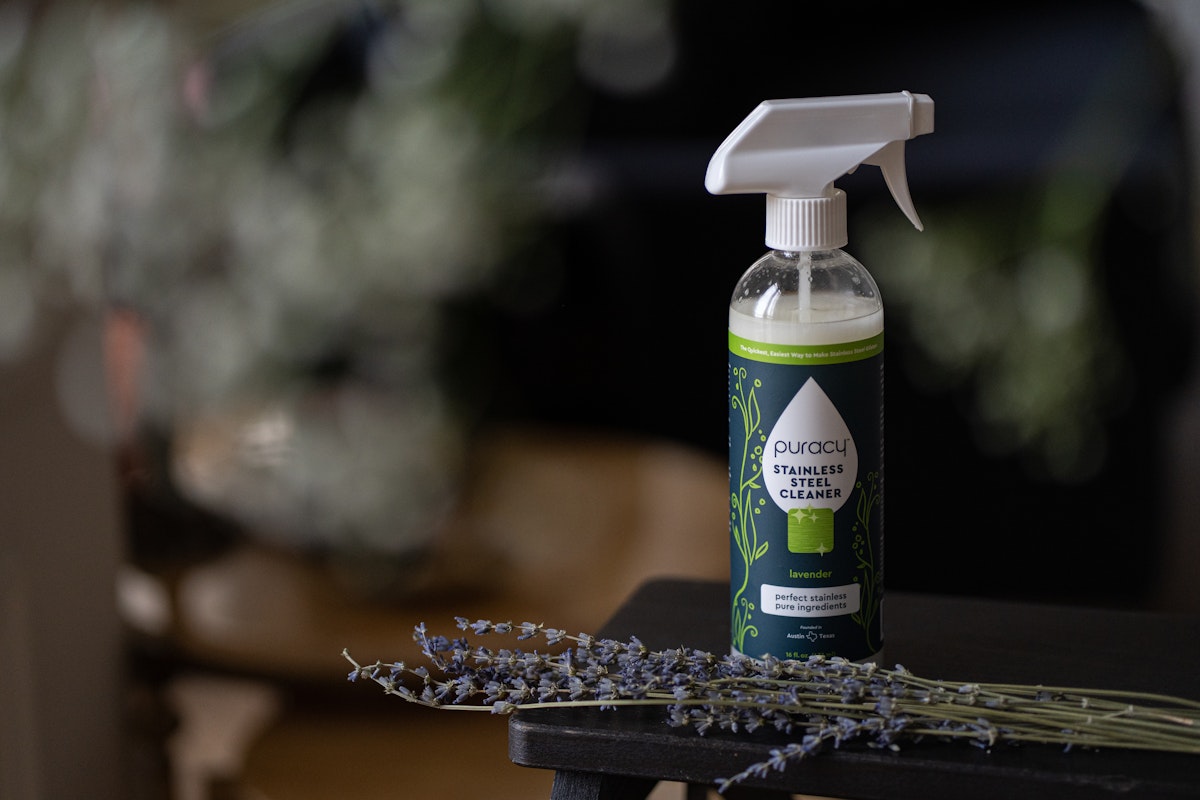
How to Clean Your Stainless Steel Sink: A Complete Guide
The sleek and modern appearance of stainless steel comes with its own challenges when it comes to maintaining that pristine look since the surface is not immune to fingerprints, water spots, or the general wear and tear of daily kitchen activities. This guide is your map to thoroughly cleaning your stainless steel sink and keeping it free from smudges and fingerprints.
What You'll Need
- Natural stainless steel cleaner
- Microfiber cloths
- Baking soda (with a note on its limitations)
- White vinegar
- Brush (preferably non-abrasive)
- Warm water
Preparations
Begin by removing any lingering dishes or debris. An empty sink allows you to focus on the surface without distractions.
Give your sink a preliminary rinse with warm water. This helps to loosen up any particles clinging to the surface.
Thoroughly dry the sink surface after rinsing. A dry surface ensures that the cleaning solutions can work their magic without dilution.
Step-by-Step Cleaning Process

- Remove Loose Debris:
Use a soft brush or sponge to eliminate loose debris. Gentle strokes will do the trick without risking scratches.
- Apply Stainless Steel Cleaner:
Apply the cleaner evenly across the sink surface. Use 1 spray per 2’ x 2’ square, either directly on the surface or into a clean microfiber cloth. Wipe or buff with the grain, using medium pressure and slow, tightly overlapping passes.
Once you’ve covered that 2’ x 2’ area, flip the towel to the dry side and wipe any remaining residue away. Repeat, if necessary.
- Scrubbing Away Stains:
For tougher stains, sprinkle baking soda and scrub gently. Avoid aggressive scrubbing to prevent scratches.
- Rinse Thoroughly:
Rinse the sink with warm water to wash away any residue. Ensure no cleaning product is left behind.
- White Vinegar Rinse (Optional):
For an extra shine, wipe the sink with a cloth dampened in white vinegar. This step also helps in preventing water spots.
- Drying and Inspecting:
Dry the sink with a clean, dry cloth. Take a moment to inspect your handiwork, ensuring all stains are banished.
Maintenance Tips

Establish a routine to clean your sink regularly. A little effort frequently goes a long way in maintaining that stainless sparkle.
Exercise caution with utensils. Avoid using abrasive tools that could leave unwanted marks on your sink's surface.
Steer clear of harsh chemicals or abrasive materials that might compromise the integrity of your stainless steel.
Troubleshooting Specific Issues

Minor scratches are inevitable over time. Consider using a stainless steel scratch remover for a quick fix.
Tackle water spots with a white vinegar solution. Wipe the sink dry after each use to minimize spots.
Stubborn rust stains can be addressed with a paste of baking soda and water. Apply, let it sit, and scrub away.
Frequently Asked Questions

Q: Is baking soda safe for cleaning?
A: While baking soda is generally safe, avoid aggressive scrubbing to prevent potential scratches.
Q: How often should I clean my sink?
A: Regular cleaning, ideally a few times a week, helps in preventing buildup and maintaining a sparkling sink.


























